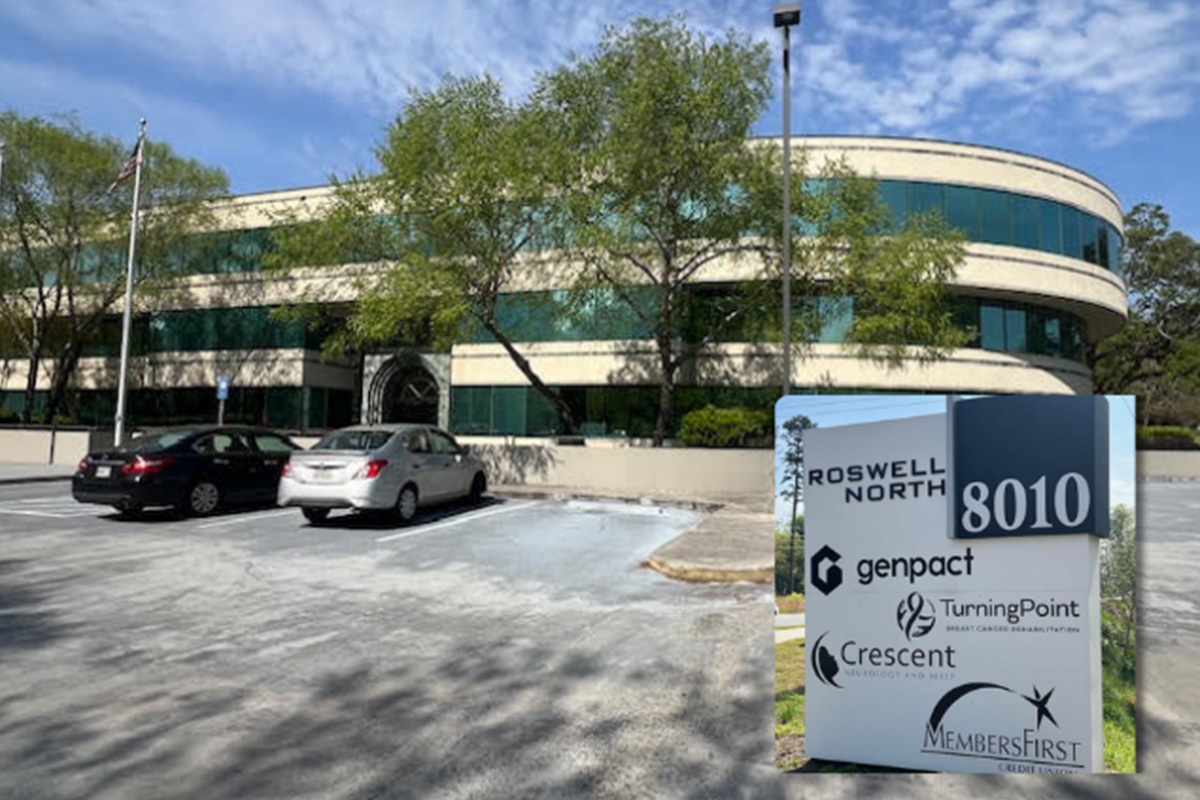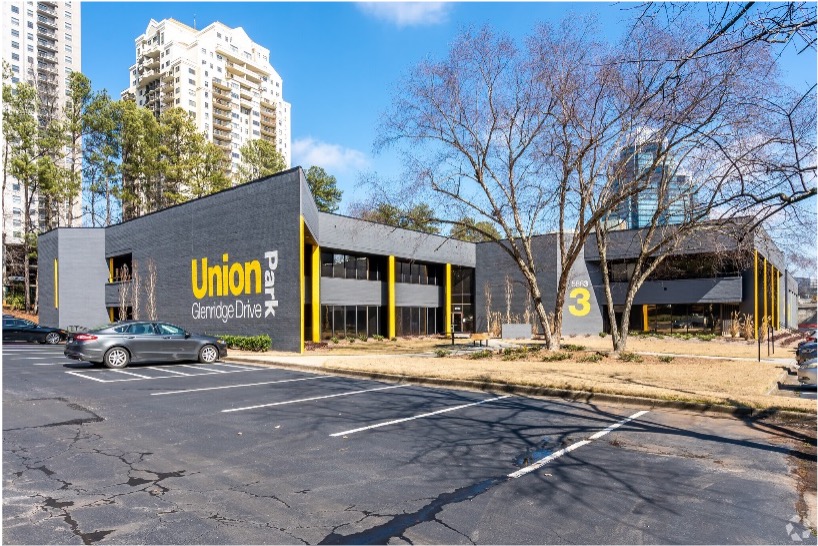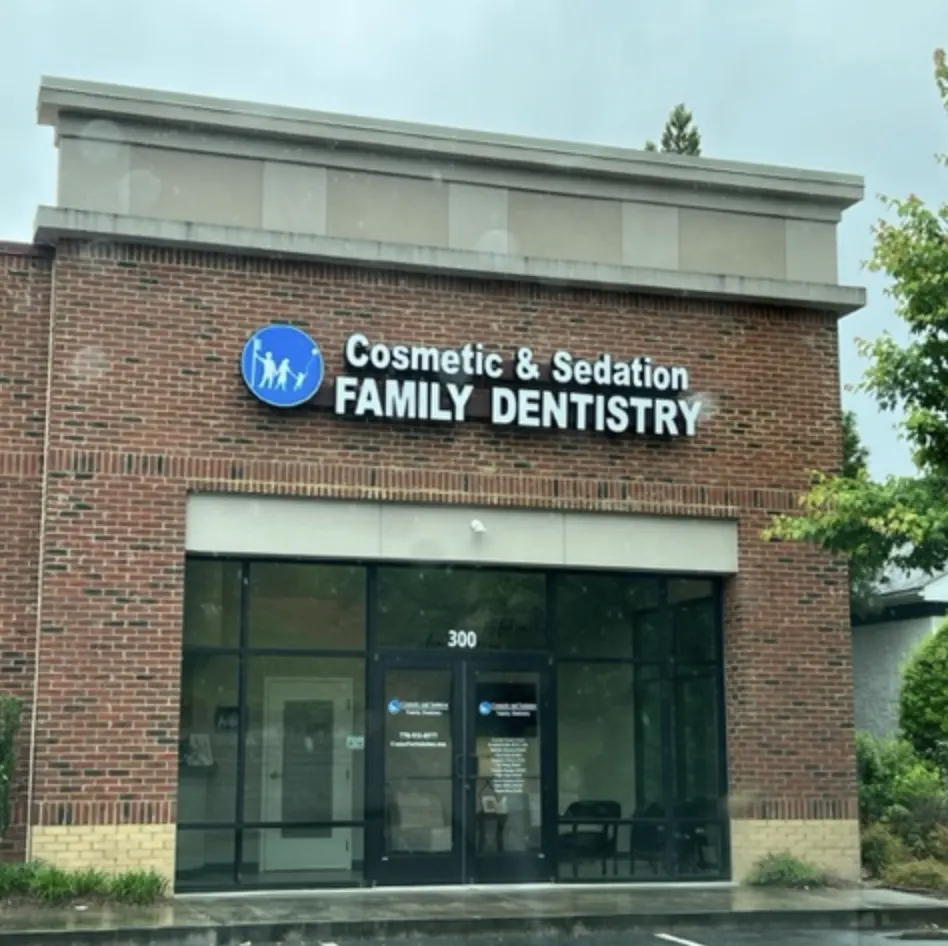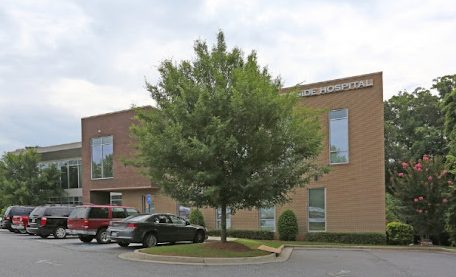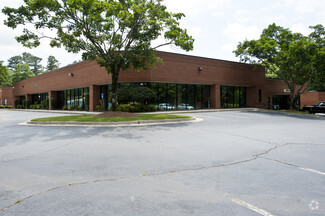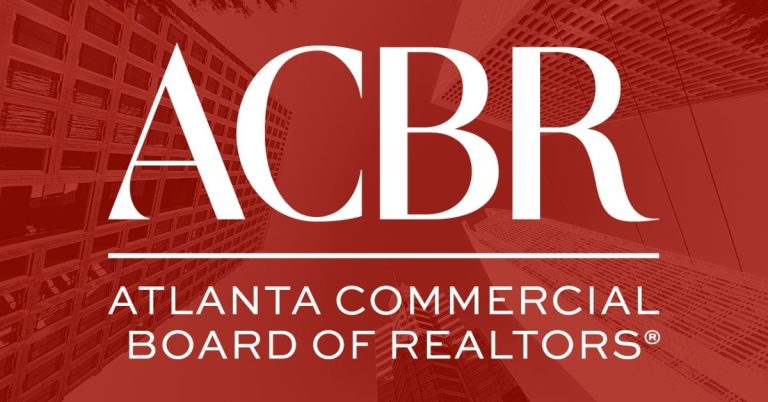In today’s healthcare landscape, the significance of a medical practice’s location cannot be overstated. Over 71% of patients prioritize location access when choosing their healthcare provider, a statistic that speaks volumes about its impact. This comprehensive exploration, backed by RG Real Estate’s decades of experience, aims to decode the intricate role of location in medical practices, providing valuable insights for small to mid-sized organizations in their commercial real estate decisions.
Location is not just a point on a map; it’s the heartbeat of healthcare decisions as well as the economic driver for the practice. In supporting the complexities of medical real estate, RG Real Estate’s years of experience guide the path for practices seeking to optimize success in navigating medical spaces.
Defining Prime Medical Real Estate Territory
The foundation of a successful medical practice lies in the convergence of visibility, accessibility, and demographic alignment. Visibility is not just about being seen; it’s about being positioned in a locale frequented by the target demographic. A visible location leads to higher patient engagement, a vital factor for emerging practices. However, visibility alone isn’t sufficient. The accessibility of a medical facility, especially in urban areas with complex traffic patterns like Atlanta, can significantly influence patient willingness to visit. This highlights the need for thorough traffic pattern analysis in site selection.
Demographic alignment involves matching the practice’s services with the community’s needs. For instance, a family-oriented suburb may be ideal for a pediatric clinic. Understanding the community ensures that the services offered resonate with potential patients.
Prioritizing Patient Convenience
Prioritizing patient convenience is foundational to fostering positive experiences and ensuring optimal healthcare outcomes. This comprehensive approach encompasses various aspects, ranging from the strategic selection of a medical practice’s location to the provision of additional elements that enhance patient comfort.
Location Significance:
The location of a medical practice is directly linked to patient volume. Optimal accessibility via both public and private transportation helps overcome healthcare barriers, resulting in fewer missed appointments and improved continuity of patient care. In Atlanta, practices situated near major transit routes consistently experience higher patient volumes, underscoring the critical role of accessibility in site selection.
Parking Accessibility:
Beyond proximity to main roads, it's imperative to consider parking access. Some medical office buildings on hospital campuses may be distantly located from the road, leading to lengthy paths to the building. This situation can cause frustration for patients, particularly when relying on GPS applications.
Proximity to Amenities:
The convenience of a medical practice extends beyond transportation and parking. Closeness to other amenities or businesses is equally vital. Depending on the nature of the healthcare practice, the distance from other practices or amenities can be a decisive factor. Some practices thrive with easy access to major highways, while others rely on proximity to pedestrian traffic.
Additional Elements for Patient Convenience:
Consideration of paramount conveniences, including well-lit pathways and clear signage prioritizing patient safety during evening hours, ensures a seamless and stress-free navigation experience. Equipping the facility with accessible restrooms and diverse facilities reflects a commitment to inclusivity, fostering a patient-centered approach. Moreover, designated child-friendly spaces, complete with age-appropriate entertainment, alleviate stress for families, contributing to an overall positive healthcare experience.
These thoughtful additions, alongside features like proximity to pharmacies and complementary services, collectively create a patient-friendly environment, elevating convenience and driving increased patient volume.
Medical Office Occupancy
Medical office occupancy and rental rates have seen a continuous uptrend, reaching an impressive 92.3% in Q4 2022. According to the MGMA, real estate stands as a medical practice’s second-highest fixed expense after compensation and benefits.
Despite its significance, real estate costs often receive less attention once a practice is established. However, this expense is highly negotiable, presenting a valuable opportunity to positively impact a practice’s financial health.
It’s essential for healthcare professionals to stay informed about these trends and leverage negotiation strategies to optimize their bottom line in an ever-evolving medical real estate landscape.
Unlocking a Site’s Growth Potential
Identifying areas with potential for growth, such as those experiencing population and urban development, can provide early investment opportunities. Choosing a location in these up-and-coming areas can future-proof a medical practice, tapping into a growing patient base and benefiting from real estate appreciation.
Maximizing Asset ROI Through Placement
The economic vitality of any practice is intricately linked to the strategic positioning of its physical space. The choice of location becomes a pivotal factor in maximizing the return on investment (ROI) for the property.
Let us guide you in choosing a location that ensures immediate gains and lays the foundation for enduring success. The economic backbone of any medical practice is shaped by its physical space
By selecting the right spot, practices can not only attract higher demand, leading to the ability to command elevated rents, but also secure a resilient and substantial ROI. This strategic placement isn’t just about the immediate gains; it’s an investment in the long-term financial security of the practice.
Additionally, a well-chosen property location ensures that its resale value remains robust, further fortifying the practice’s financial foundation and facilitating sustainable growth. In essence, location can become a key driver for economic success, fostering a thriving and financially secure future for the medical practice.
Delivering Patient Satisfaction With Smart Locations
Factors like parking availability, perceived area safety, and proximity to complementary businesses (pharmacies, labs) play a crucial role in patient satisfaction. A location that offers these conveniences enhances the overall patient experience, contributing to the practice’s reputation and success.
Success in healthcare lies in the strategic fusion of visibility, accessibility, and demographic alignment. A well-placed practice not only drives patient volume through easy access but also taps into growth potential, ensuring both financial security and enduring success. Smart locations enhance patient satisfaction, shaping a practice’s reputation and maximizing asset ROI.
Three Ways to Think About Your Situation
Evaluate Long-Term Priorities
Envisioning the long-term future of your practice is crucial. For some, this may mean considering the purchase of space versus leasing. This decision should factor in not just current needs, but also the potential for growth and success. Is your current space efficient? Does it allow for the expansion of services or an increase in patient volume? These are critical questions that need to be addressed.
Negotiate Effectively
When renewing or extending a current lease, there are often opportunities to negotiate terms more favorable to your practice. This could include concessions or Tenant Improvement Allowances offered by landlords. Effective negotiation can lead to substantial savings and more favorable terms, enhancing the practice's financial health.
Mitigate Risk Factors
It's important to consider personal risks associated with real estate decisions. For instance, addressing the personal guarantee in a lease and exploring options to reduce or eliminate it can provide significant peace of mind. Ensuring that your lease includes renewal options and favorable assignment or sublease terms can also protect the practice from future uncertainties.
In conclusion, the strategic choice of a medical practice’s location is a multifaceted decision that influences its success on multiple levels. From ensuring visibility and accessibility to aligning with the right demographics and maximizing ROI, each aspect plays a pivotal role. For organizations seeking to navigate these complexities, RG Real Estate offers trusted, insightful, and responsive guidance, ensuring that your real estate decisions are not just good, but optimal.
Optimize your medical practice’s success with RG Real Estate. Navigate strategic choices, visibility, accessibility, and demographic alignment. Take action for enduring success in your medical practice with trusted guidance today!
